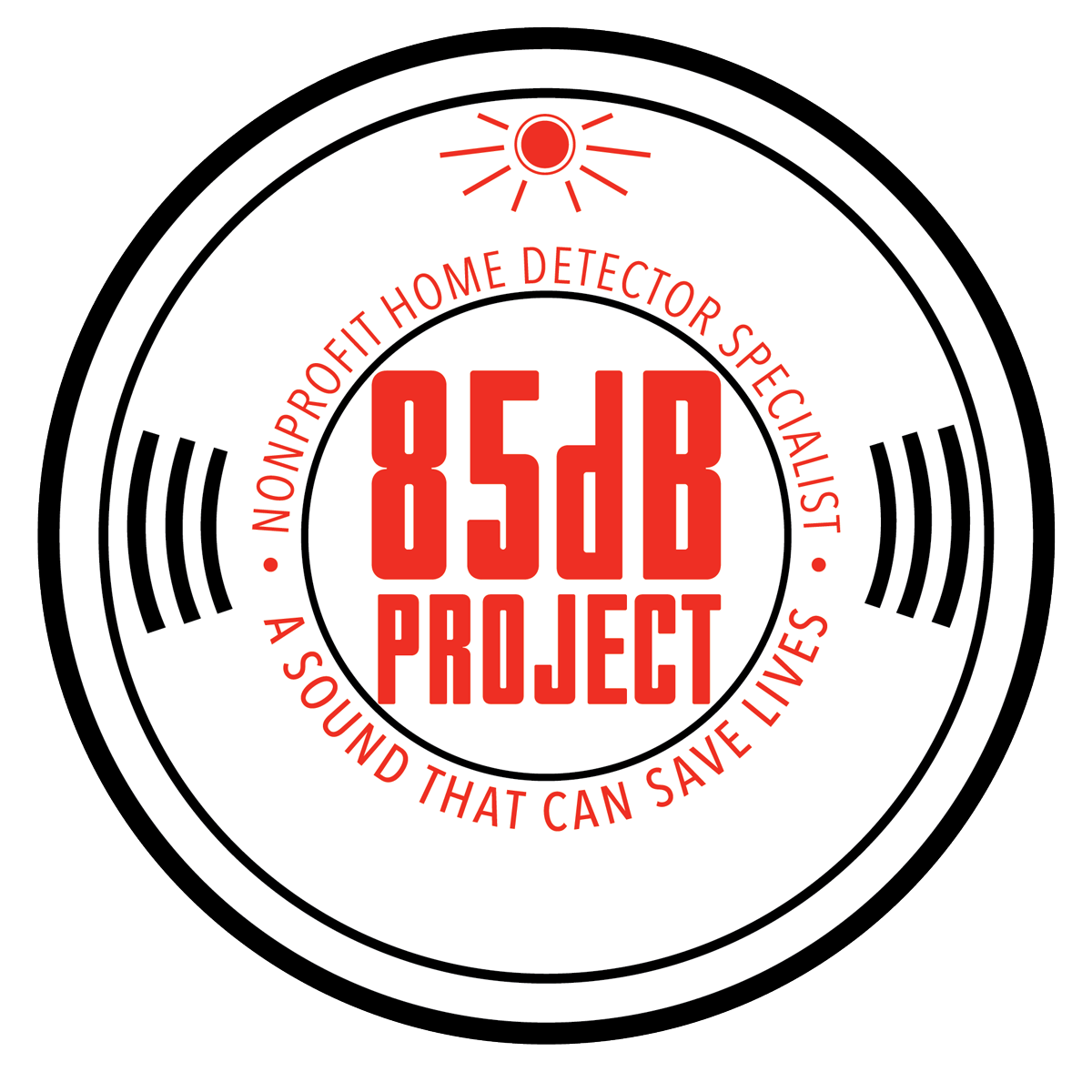In the pursuit of creating comfortable and conducive living environments, one often underappreciated element is proper ventilation. Ventilation plays a crucial role in maintaining indoor air quality, regulating temperature, and promoting overall well-being. This article explores the significance of proper ventilation in various settings, from homes to workplaces, emphasizing the impact it has on health, comfort, and energy efficiency.
- Improved Indoor Air Quality:
One of the primary reasons why proper ventilation is essential is its direct impact on indoor air quality. Buildings can accumulate pollutants, such as dust, allergens, and volatile organic compounds (VOCs), over time. Without adequate ventilation, these contaminants can reach concentrations that pose health risks. Proper ventilation ensures a constant flow of fresh outdoor air, diluting pollutants and maintaining a healthier indoor environment.
- Health and Well-being:
The quality of the air we breathe indoors has a direct correlation with our health and well-being. Poor indoor air quality has been linked to respiratory issues, allergies, and other health problems. Proper ventilation helps reduce the risk of these health issues by ensuring a continuous supply of clean air. It is especially important in spaces where people spend a significant amount of time, such as homes, offices, and schools.
- Temperature Regulation:
Ventilation is also crucial for temperature regulation within a space. Inadequate ventilation can lead to the buildup of heat and moisture, creating uncomfortable conditions. Proper ventilation helps maintain a balanced and comfortable temperature by allowing the expulsion of excess heat and humidity. This is particularly important in regions with extreme weather conditions, where effective ventilation can contribute to energy efficiency by reducing the reliance on heating and cooling systems.
- Moisture Control:
Excessive moisture can lead to mold growth, which poses both health and structural risks. Proper ventilation helps control humidity levels, preventing the accumulation of moisture in confined spaces. By reducing the risk of mold and mildew, ventilation contributes to a healthier indoor environment and protects the integrity of the building’s structure.
- Energy Efficiency:
Effective ventilation contributes to energy efficiency by optimizing the use of heating, ventilation, and air conditioning (HVAC) systems. Well-designed ventilation systems can help distribute air more efficiently, reducing the workload on HVAC systems and, consequently, lowering energy consumption. This not only benefits the environment by reducing carbon footprints but also results in cost savings for homeowners and businesses.
Conclusion:
Proper ventilation is a critical element in creating healthy, comfortable, and energy-efficient living spaces. Whether at home, in the workplace, or in public buildings, investing in well-designed ventilation systems pays off in numerous ways. By improving indoor air quality, regulating temperature, and controlling moisture, proper ventilation enhances the overall quality of life and contributes to the sustainability of our built environments. As we continue to prioritize well-being and environmental consciousness, recognizing the importance of proper ventilation becomes paramount in shaping the future of our living spaces.


